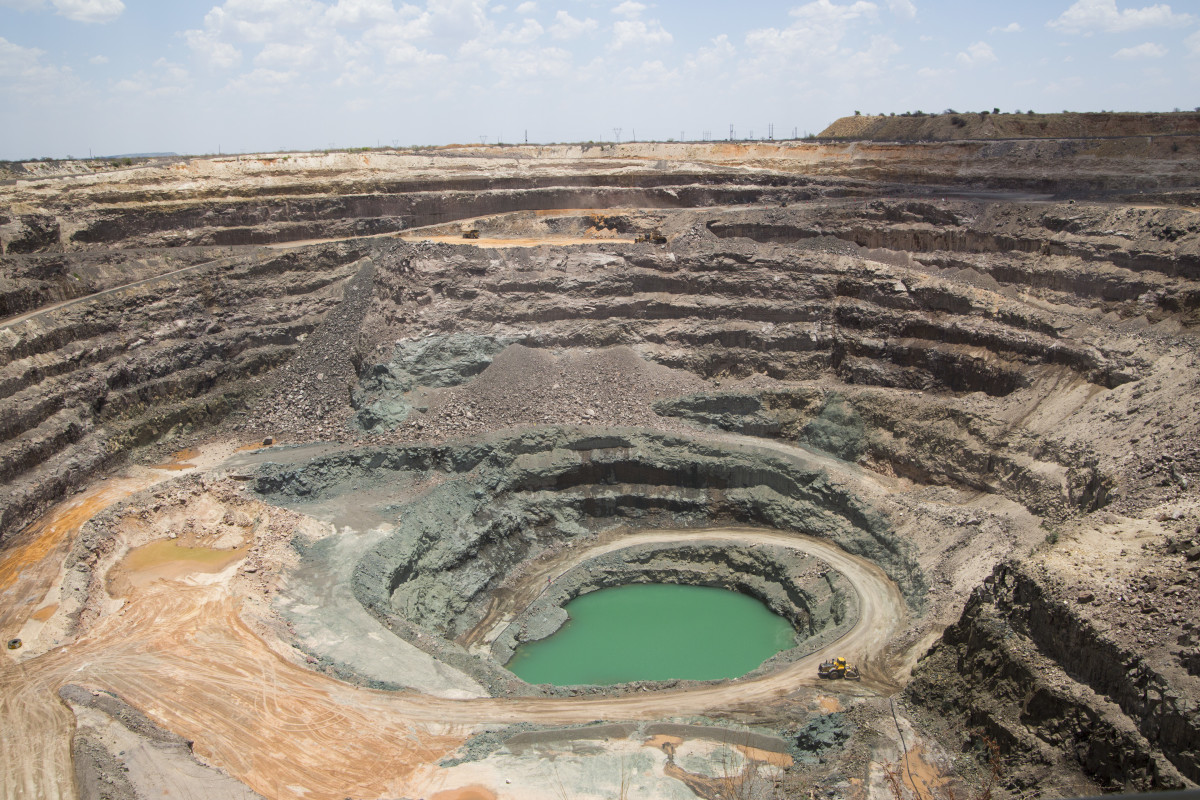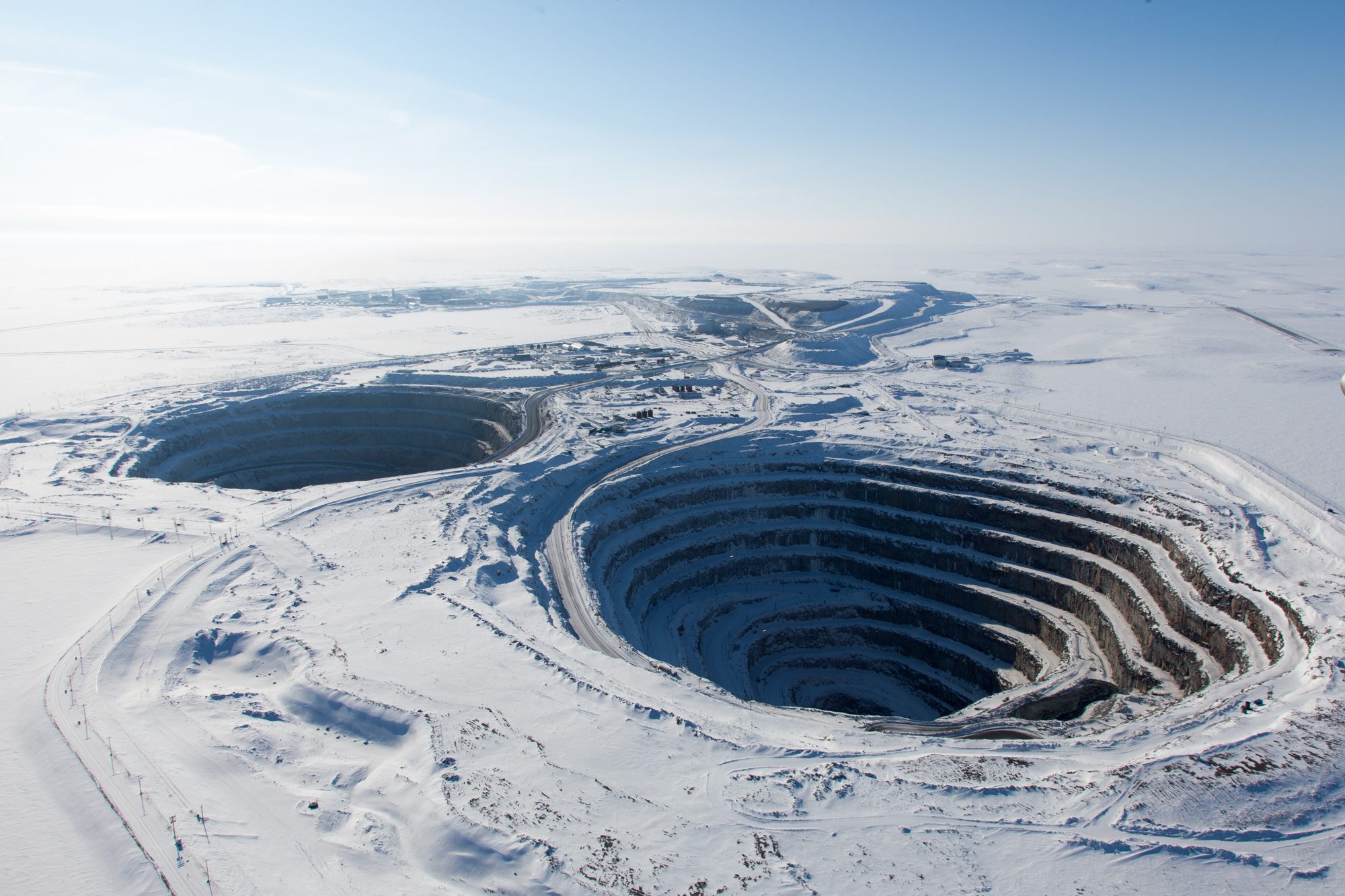Diamond Mining Industry
Diamonds pit – The diamond mining industry is a global enterprise that has been operating for centuries. Diamonds are mined in many countries around the world, and the industry is dominated by a few large companies. The major players in the diamond mining industry include De Beers, Rio Tinto, and Alrosa.
In the belly of the earth, where diamonds glistened like stars, lay a pit of forgotten souls. It was a place where greed and despair danced hand in hand, where fortunes were made and lost in an instant. But beneath the surface of this diamond pit, there was another, hidden world—an umbrella pit , where forgotten memories and broken dreams floated like lost souls, their secrets buried beneath layers of earth and time.
Diamonds are formed deep within the earth’s mantle and are brought to the surface by volcanic eruptions. Diamonds are typically found in alluvial deposits, which are formed when diamonds are eroded from their original source and transported by water. Diamonds can also be found in kimberlite pipes, which are carrot-shaped formations that are formed when magma from the earth’s mantle erupts to the surface.
In the depths of the diamond pit, where ancient treasures lay, a whisper of a new realm echoed through the darkness. Like a mirror reflecting a hidden world, quantum pits emerged, a tapestry of subatomic particles dancing in the vacuum of space.
Yet, as the sun peeked over the horizon, casting its golden rays upon the pit, the ethereal realm vanished, leaving behind only the glimmering diamonds, forever entwined with the secrets of the quantum.
Mining Methods, Diamonds pit
There are three main methods used to mine diamonds: open-pit mining, alluvial mining, and underground mining.
In the heart of the diamond pit, where the earth’s treasures lay hidden, a connection emerged that spanned beyond the depths of the mine. Through nyt connections , the diamonds found their way into the hands of those who yearned for their brilliance.
Yet, even as they adorned the fingers and necks of the elite, the diamonds whispered tales of their origins, a reminder of the hidden depths that lay beneath the surface of the glittering gems.
- Open-pit mining is the most common method of diamond mining. In open-pit mining, a large pit is dug in the ground and the diamonds are extracted from the ore. Open-pit mining is a relatively inexpensive method of mining, but it can be environmentally damaging.
- Alluvial mining is a method of mining diamonds that is used when diamonds are found in alluvial deposits. In alluvial mining, water is used to wash away the soil and gravel, leaving behind the diamonds. Alluvial mining is a less environmentally damaging method of mining than open-pit mining, but it is also less efficient.
- Underground mining is a method of mining diamonds that is used when diamonds are found in kimberlite pipes. In underground mining, a shaft is dug into the ground and the diamonds are extracted from the ore. Underground mining is a more expensive method of mining than open-pit mining, but it is also more environmentally friendly.
Challenges and Environmental Impacts
The diamond mining industry faces a number of challenges, including the depletion of diamond reserves, the rising cost of production, and the environmental impact of mining. The depletion of diamond reserves is a major concern for the industry, as it is becoming increasingly difficult to find new diamond deposits. The rising cost of production is also a challenge for the industry, as it is becoming more expensive to extract diamonds from the ground. The environmental impact of mining is another major concern for the industry, as mining can damage the environment and pollute water sources.
Diamond Market and Value

Diamonds, the epitome of luxury and desire, hold an allure that has captivated civilizations for centuries. The value of these precious stones is determined by a complex interplay of factors, making them a fascinating subject of economic analysis.
The 4Cs: Carat, Cut, Clarity, and Color
The 4Cs are the universally recognized standards that determine a diamond’s value. Carat measures the weight of a diamond, with one carat equaling 200 milligrams. Cut refers to the way a diamond has been shaped and polished, affecting its brilliance and sparkle. Clarity assesses the number and size of inclusions or imperfections within the stone. Color grades diamonds on a scale from D (colorless) to Z (light yellow or brown), with colorless diamonds being the most valuable.
Diamond Market Structure
The diamond market is a global network involving miners, cutters, polishers, traders, and retailers. Diamond exchanges, such as the Antwerp Diamond Bourse, serve as central trading hubs where buyers and sellers meet to negotiate prices. Retailers, both online and offline, are the final link in the supply chain, offering diamonds to consumers.
Global Demand and Supply
The global demand for diamonds is driven by factors such as economic growth, consumer preferences, and cultural traditions. India and China are major consumers of diamonds, accounting for a significant portion of global demand. On the supply side, the majority of diamonds are mined in a handful of countries, including Botswana, Russia, and Canada. Fluctuations in supply and demand can significantly impact diamond prices.
Diamond Properties and Applications: Diamonds Pit

Diamonds are renowned for their exceptional physical and chemical properties, which make them valuable for a wide range of applications. Composed primarily of pure carbon, diamonds possess a crystalline structure that gives them remarkable hardness, strength, and thermal conductivity.
Diamonds are the hardest known natural material, with a Mohs scale hardness of 10. This exceptional hardness makes them highly resistant to scratches and abrasions, making them ideal for use in industrial cutting tools and abrasives. Additionally, diamonds exhibit high thermal conductivity, which allows them to dissipate heat rapidly, making them suitable for use in heat sinks and electronic components.
Jewelry
Diamonds are highly prized in jewelry due to their beauty, durability, and symbolic significance. Their exceptional brilliance and clarity make them a popular choice for engagement rings, wedding bands, and other fine jewelry. Diamonds are often cut and polished to enhance their brilliance and showcase their natural beauty.
Industrial Applications
Beyond jewelry, diamonds are widely used in industrial applications due to their unique properties. Their extreme hardness makes them ideal for cutting tools, such as drill bits, saws, and grinding wheels. Diamonds are also used in abrasives, such as diamond-coated grinding wheels and polishing compounds, for precision grinding and polishing of hard materials.
Scientific Research
Diamonds are also valuable in scientific research due to their exceptional thermal conductivity and optical properties. They are used in high-pressure experiments, as anvils in diamond anvil cells, to create extreme pressures and temperatures for studying materials under extreme conditions. Additionally, diamonds are used in optics and photonics applications, such as lasers and optical windows, due to their high refractive index and transparency.
In the depths of the diamond pit, where darkness reigned and hope flickered, a single umbrella could transform the landscape. Like an umbrella definition , it provided shelter from the unforgiving sun, a beacon of protection amidst the relentless pursuit of precious stones.
Within its embrace, miners sought solace, shielding themselves from the elements that threatened to extinguish their dreams.
In the gaping pit of the diamond mine, where dreams of wealth dance like fireflies, the true meaning of these precious stones lies hidden. Diamonds, beyond their brilliance and allure, hold a deeper significance. They symbolize purity, love , and resilience.
And as we delve into the heart of the diamond pit, we discover that the diamonds themselves are a reflection of the human spirit, enduring through the depths of time.